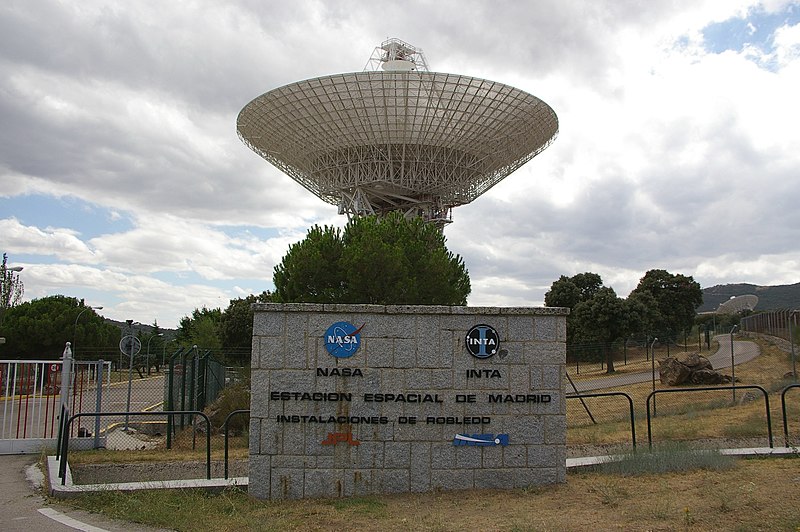We had quite a busy day today, jamming 9 presentations into the 50-minute class.
First, Nathan gave a presentation on fonts, starting with a history of printing. This began with the printing press in 1440, where documents were duplicated by creating molds of each page. Luckily we’ve gone a long way from this difficult process. Nathan contrasted two kinds of fonts- bitmap fonts and outline fonts. Bitmap fonts are just a matrix of points that make up the character.
 The problem with bitmap fonts is that they are not scalable, so they must be made for a variety of sizes. Outline fonts define vectors and drawing instructions so that they are scalable. Font technology has been very important in broadening our printed communication abilities.
The problem with bitmap fonts is that they are not scalable, so they must be made for a variety of sizes. Outline fonts define vectors and drawing instructions so that they are scalable. Font technology has been very important in broadening our printed communication abilities.
Next, Mai talked about HCI (Human-Computer Interaction) and GUIs (Graphical User Interfaces). GUIs were a huge advance in HCI from the previous text-based command interfaces. Douglas Englebert invented the mouse and created the first GUI. Englebert’s work led to Xerox creating the first ever GUI computer. Other interfaces that are emerging include touchscreen, gestures, 3D, and tactile interfaces.
Nick next talked about Evidence-Based Medicine (EBM), which uses statistical analysis of medical data across numerous parameters to improve patient care. This field arose from the same problem that Hollerith faced- too much data to analyze. Two pioneers of the field, Dr. Robert Ledley and Dr. Lee Lusted headed an NIH initiative to integrate computers into hospitals. Ledley’s “Metal brain for diagnosis” was a primitive diagnosis program, where one could push buttons for exhibited symptoms. EBM has struggled because of the divide between doctors and computer people, but can be incredibly effective- one example was a massive increase in survival rates from Acute Respiratory Distress Syndrome.
Then I (Andrew) gave a presentation on Arthur Lee Samuel and the field of machine learning. I talked about Samuels’ checkers program, the first ever machine learning program. Then I talked about other games that computers are trying to master, one of the most challenging of which is go. Finally, I attempted to give a quick introduction to the field of machine learning, and supervised vs. unsupervised learning. I gave a few scenarios where these methods could be applied, and some real-life applications like Google News and Facebook.

Kevin then talked about the origin of video games, starting in 1958 with “Tennis for Two” by William Higinbotham, a game displayed on an oscilloscope. It was created to help draw public interest to the laboratory that Higinbotham worked at, because they were worried the technical pieces wouldn’t generate enough interest. It was a huge hit at the exhibition, with hundreds of people lining up to play. But no one expected interest in computer games to continue…
Then John talked about the important impact of computers on the financial market. In the 1950’s, if you wanted to know the value of a stock, you had to call your broker who had to look through paper strips; or if it couldn’t be found, send someone out onto the floor to find it. With a huge advance, Quotron I, the ticker was fed in and written onto magnetic tape. Next, Quotron II had a screen that could show important features, including yearly highs and lows. Now, stock information is accessible at a single mouse click with sites like Yahoo Finance. Since the 1950’s, with these advances, we have gone from 3.8 million to 3.5 billion trades per day.

We next learned about slot machines from Jenelle. Back in the day, these machines were known as “one-armed bandits”. They were not reliable, and were unpopular in casinos. Charles Fey invented these early mechanical slot machines. Nowadays, the randomization is done by a central computer which determines when the reels stop spinning. The digitalization of slot machines has turned them into one of the top attractions in casinos.
Manali next presented on the history of hearing aids. Initially, hearing aids would have to be concealed under clothing or fans or elsewhere, because they were much too large. Some important advanced contributed to miniaturizing hearing aids, including vacuum tubes, the micro-telephone, the printed circuit, transistors, and the integrated circuit. In fact, the first application of integrated circuits was for hearing aids.
Finally, Sarah talked about photography. The history of cameras began with the camera obscura, which projected the scene onto a screen behind the pinhole. Later, bitumen plates were placed inside these pinhole cameras, which allowed the image to be stored temporarily. But they faded over time. Advancement accelerated in the 19th century, with silver chloride in 1839, printing using negatives in 1841, hand-held cameras in 1879, camera film in 1889, and color film in 1935; and finally, 1991, when people realized that digital cameras were here to stay.
And that’s the end of the course. We concluded by making ice cream sundaes and having a dance party on the table.
Have a good winter break everyone, it’s been fun.
Andrew





